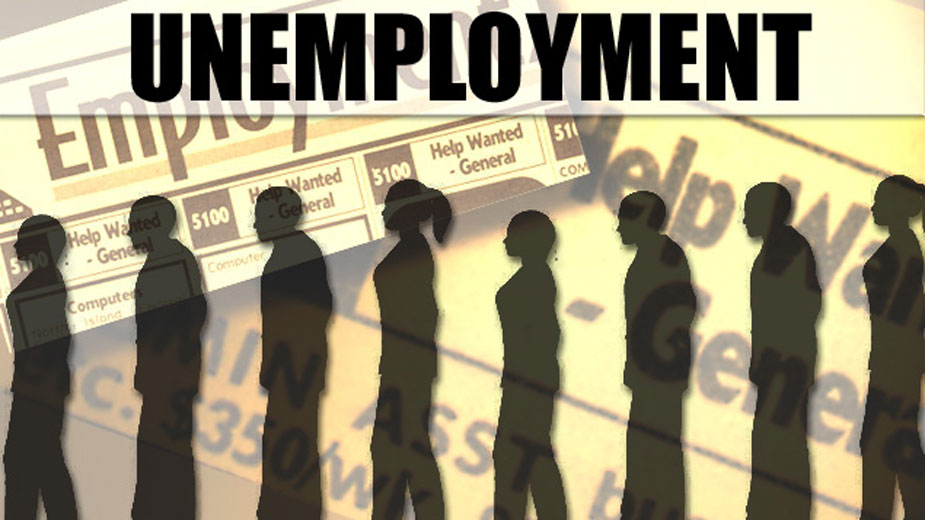Ohio’s New Jobless Claims Hit Highest Level in a Month
COLUMBUS, Ohio — Initial unemployment claims reached their highest point in more than a month as 16,156 Ohioans filed claims the week ended March 26.
That’s more than the 15,109 claims filed the week ended Feb. 12, which was the highest level over the last eight weeks, according to the Department of Job and Family Services. It’s also up from the 12,599 initial claims filed in the Buckeye State the week ended March 19.
Meanwhile, continued jobless claims dropped again to 47,679 for the week ended March 26, down from 51,187 the previous week, marking four straight weeks of declines. Ohioans filed 63,835 total unemployment claims from March 20 to 26.
Ohio’s unemployment rate in February was 4.2%. The national unemployment rate in February was 3.8%. Ohio’s labor force participation rate in February was 61.5%, compared to a national rate of 62.3%.
Pennsylvania filed 8,342 initial jobless claims for the week ended March 19, according to the most recent data available from the Center for Workforce Information & Analysis. That’s up from the 7,835 claims reported the week prior. Continued claims in the commonwealth decreased to 94,484 for the week ended March 12 from 100,421 the week prior.
Nationally, more Americans applied for unemployment benefits last week, but layoffs remain at historic lows.Jobless claims rose by 14,000 to 202,000 for the week ending March 26, the Labor Department reported Thursday. The previous week’s tally of 188,000 claims was the fewest since 1969. First-time applications for jobless aid generally track the pace of layoffs.
The four-week average for claims, which compensates for weekly volatility, fell to 208,500 from 212,000 the previous week.
In total, 1,307,000 Americans were collecting jobless aid for the week ending March 19, the fewest since December 1969.
Employers added a robust 678,000 jobs in February, according to recent government data, the largest monthly total since July. The unemployment rate dropped to 3.8%, from 4% in January, extending a sharp decline in joblessness to its lowest level since before the pandemic erupted two years ago. The government reports March jobs data on Friday, and analysts forecast that the U.S. economy gained 477,500 jobs for the month.
Job openings hovered at a near-record level in February, little changed from the previous month, continuing a trend that Federal Reserve officials see as a driver of inflation. There were 11.3 million available jobs last month, matching January’s figure and just below December’s record of 11.4 million, the Labor Department said Tuesday.
The number of Americans quitting their jobs was also historically high, at 4.4 million, up from 4.3 million in January. More than 4.5 million people quit in November, the most on records dating back two decades.
The Federal Reserve launched a high-risk effort two weeks ago in an effort to tame the worst inflation since the early 1980s, raising its benchmark short-term interest rate and signaling up to six additional rate hikes this year.
The Fed’s quarter-point hike in its key rate, which it had pinned near zero since the pandemic recession struck two years ago, marks the start of its effort to curb the high inflation that followed the recovery from the recession. The rate hikes will eventually mean higher loan rates for many consumers and businesses.
The central bank’s policymakers have projected that inflation will remain elevated at 4.3% through 2022.
Also Thursday, an inflation gauge closely monitored by the Federal Reserve jumped 6.4% in February compared with a year ago, with sharply higher prices for food, gasoline and other necessities squeezing Americans’ finances.
Published by The Business Journal, Youngstown, Ohio.


